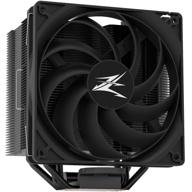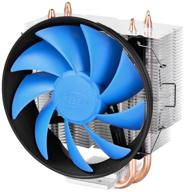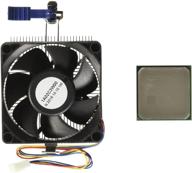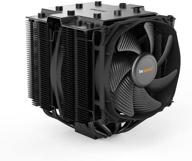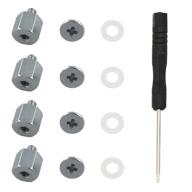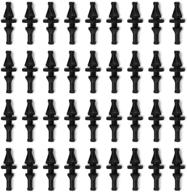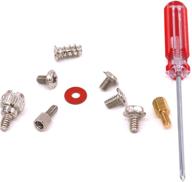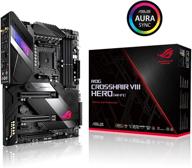
🎮 ASUS ROG X570 Crosshair VIII Hero Wi-Fi ATX Motherboard with PCIe 4.0, on-Board WiFi 6 (802.11Ax), 2.5 Gbps LAN, USB 3.2, SATA, M.2, Node and Aura Sync RGB Lighting Review
13
·
Average

Media
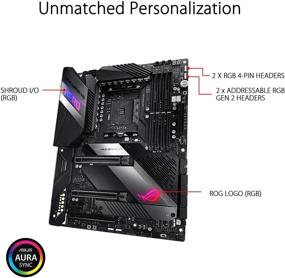
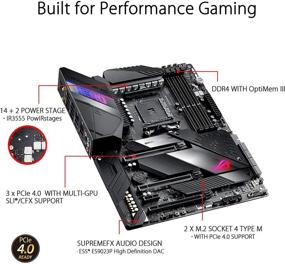

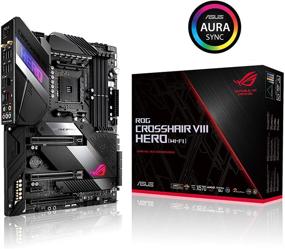
Photos by authors
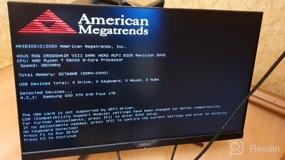
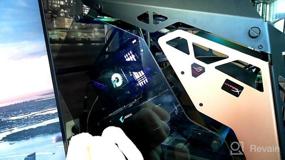
Details
| Brand | ASUS |
|---|---|
| CPU Socket | Socket AM4 |
| RAM Memory Technology | DDR4 |
| Compatible Processors | AMD 3rd Generation Ryzen |
| Chipset Type | AMD 570X |
| Memory Speed | 2133 MHz |
| See 5 more | |
Description of 🎮 ASUS ROG X570 Crosshair VIII Hero Wi-Fi ATX Motherboard with PCIe 4.0, on-Board WiFi 6 (802.11Ax), 2.5 Gbps LAN, USB 3.2, SATA, M.2, Node and Aura Sync RGB Lighting
Product Overview
The ASUS ROG X570 Crosshair VIII Hero (Wi-Fi) ATX Motherboard is a high-performance computer internal component designed for enthusiasts and gamers. It features the latest AMD AM4 socket, making it compatible with 2nd and 3rd Gen AMD Ryzen processors. With support for up to two M.2 drives and USB 3.2 connectivity, this motherboard offers exceptional storage and data transfer capabilities.
Key Features
This motherboard stands out with its PCIe 4.0 technology, providing faster data transmission rates and improved overall performance. It also comes equipped with on-board WiFi 6 (802.11Ax) for seamless wireless connectivity and 2.5 Gbps LAN for high-speed internet access. The USB 3.2 ports enable quick and convenient connections to usb flash drives and other peripherals. Additionally, it offers support for SATA and M.2 storage options, allowing for flexible storage configurations.
Wide Range of Applications
The ASUS ROG X570 Crosshair VIII Hero (Wi-Fi) ATX Motherboard is an ideal choice for various computer components. Whether you're building a gaming rig or a high-performance workstation, this motherboard provides the necessary features and compatibility to meet your needs. It is also suitable for content creators, enabling smooth video editing and rendering processes.
Enhanced Performance and Stability
With its advanced design and robust construction, this motherboard solves common problems faced by users. It offers reliable power delivery, ensuring stable performance even during intensive tasks. The PCIe 4.0 technology ensures faster data transfer speeds, reducing load times and improving overall system responsiveness. Additionally, the Aura Sync RGB lighting feature adds a touch of personalization, allowing users to customize the look of their system.
Perfect for Enthusiasts and Gamers
The ASUS ROG X570 Crosshair VIII Hero (Wi-Fi) ATX Motherboard is an excellent choice for enthusiasts and gamers seeking top-notch performance and advanced features. It provides the necessary components and connectivity options to build a high-end gaming PC or workstation. With its sleek design and powerful performance, this motherboard is sure to impress even the most demanding users.
Possible Applications:
AMD AM4 socket: ready for 2nd, and 3rd Gen AMD Ryzen processors and up to two M. 2 drives, USB 3. 2 Gen2, and AMD StoreMI to maximize connectivity and speed. Comprehensive thermal design: active PCH heatsink, M. 2 aluminum heatsink and ROG cooling zone. High-performance networking: on-board Wi-Fi 6 (802. 11Ax) with MU-MIMO support, 2. 5 Gaps Ethernet and Gigabit Ethernet, both with Asus LANGuard protection, and support for GameFirst V software. 5-Way Optimization: automated system-wide tuning, providing overclocking and cooling profiles that are tailor made for your rig. DIY friendly design: pre-mounted I/O shield, Asus SafeSlot, BIOS Flashback and premium components for maximum endurance.
- I liked the passive cooling on the chipset. As you know, the x570 is a rather hot chipset and many manufacturers install a propeller on it, which is unknown for how long it will last and what level of noise will come from it. Therefore, this board is quite unique. Total boards with a passive heatsink on x570 - 2-3pcs. And they are pretty hard to get.
- Didn't like mouse movement in BIOS (ated to the latest version at the time of this review). The mouse moves quite slowly, if you add DPI - it still feels strange. As if the mouse continues to move by inertia after the mouse stops on the table. The minus is not critical. It's easier to set everything up with the keyboard. Also, from the minuses, I will single out the presence of only one USB 3.0 pad. Since the board is top-end, I think many will take a top-end case to it. In my case, the case has 4pcs. USB 3.0 ports on the front panel. Of which only two were connected. Either leave two more ports inoperative, or connect them to a 2.0 USB block via a USB 2.0 10-pin to USB 3.0 20-pin adapter, which I did. Yes, the speed will be less, but what can you do. But there are plenty of ports on the rear panel.
- 1. Top board. 2. Power allows you to squeeze the maximum from 5950x. And there are only 3-4 such boards on the market. 3. M2 works with pcle protocol 4. Get a multiple increase in speed. 4. If the task is overclocking, everything is here. And boost and nutrition. You can drive above 90 amperes in a clean percentage, and these are collosal currents. 5. Pive cooling - at maximum loads it does not go above 50 degrees. No noisy chipset fans. 6. Lineup. Everything starts without problems. 6. Considered to be the perfect finalized motherboard for socket am4.
- 1. Price? 2. At the first embly and launch - without a connected gpu and monitor, do not be afraid of errors and postcodes. Just plug in a monitor. I decided to check the embly without a monitor using post codes - on the first run I was surprised by the errors. 3. Strange, but I did not have enough connectors for fans, although there seem to be quite a lot of them. The last 2 fans came to be installed through the 2-1 adapter.
- Good thing
- Secret
- Easy setup
- Some cons
- Stable test results
- Almost OK
- A dream come true
- I vaguely remember
- Finally bought
- Other Other
- Cool
- Crumpled packaging
- Decent performance
- Expensive insurance
- Quick replacement
- Functionality
- - Excellent cooling. The chipset with peripherals (not much - two hard drives, USB - but under stable boot) does not heat up above 55, despite passive cooling (although in my case this may be due to the Corsair 7000D Airflow case). - Excellent power supply - Ryzen 5950x works quietly and stably at maximum (stock, I'm not an overclocker) frequencies under 100% load, while the VRM also does not heat up (I have never observed above 45). - Cool features for overclockers, although I can't fully appreciate them - all sorts of buttons right on the board, it shines beautifully :3 - For lovers of whistling backlighting, there are two RGB and ARGB headers - Pleasant sound. I'm not a big connoisseur, I immediately noticed the difference with my 3.5mm headphones.
- - Serial topolgy of RAM connection. I stuck 4 dice for 32 gigabytes, and I couldn’t get good timings (but I’m a krivorkuy, it’s more like that). - Overkill built-in peripherals and ports. All data lines are occupied by three network cards and dozens of USBs on the rear panel. At the same time, there is only one internal 20pin USB connector on the board itself, which does not allow connecting the front panel of top cases with a lot of USB (I needed two internal connectors). This is solved by an expansion card, but the board provides only one PCIe x1 socket, which is sad. Two dozen USBs on the rear panel will not help to connect a second PCIe device. Thanks, although SATA drives left the line norms (8 devices can be connected) - Radiators interfere a little during assembly, especially VRM - it was inconvenient to plug in the processor power.








